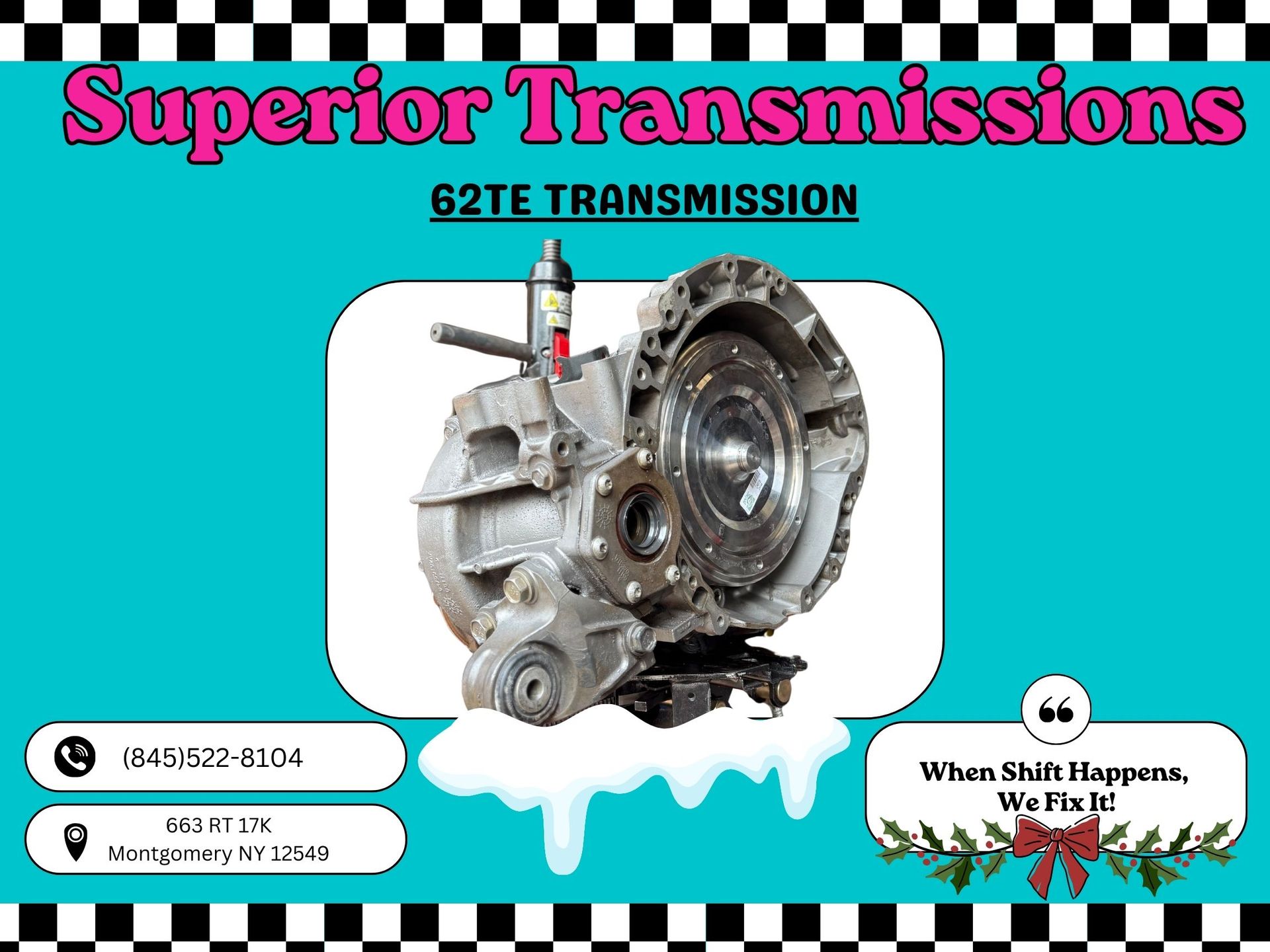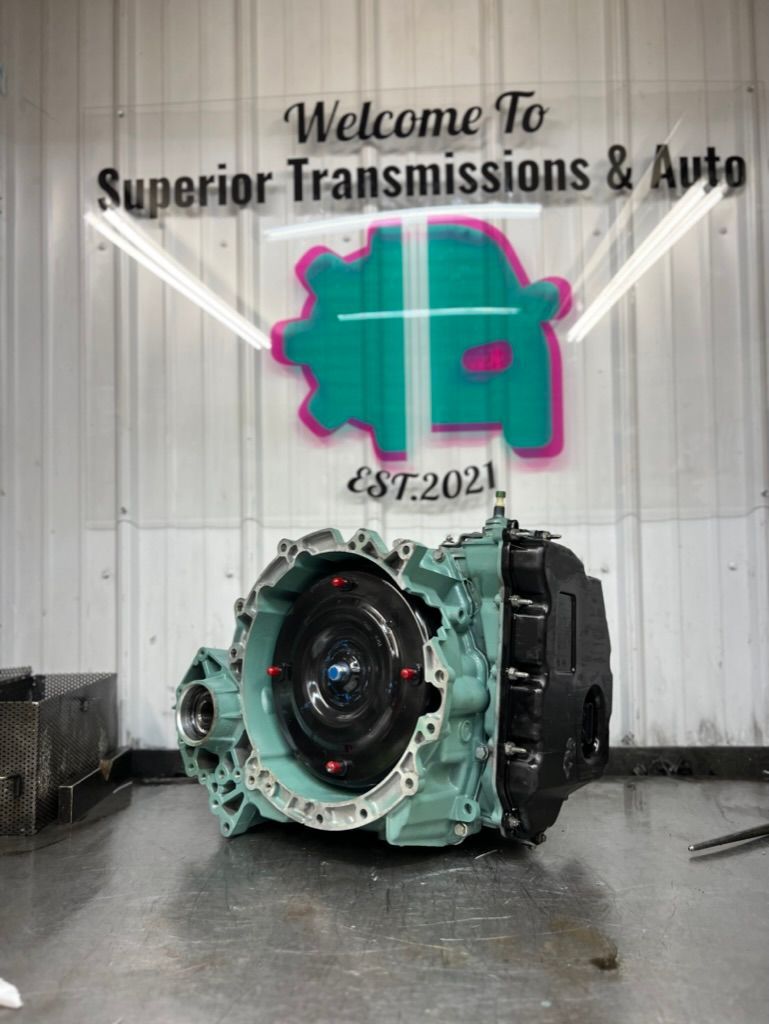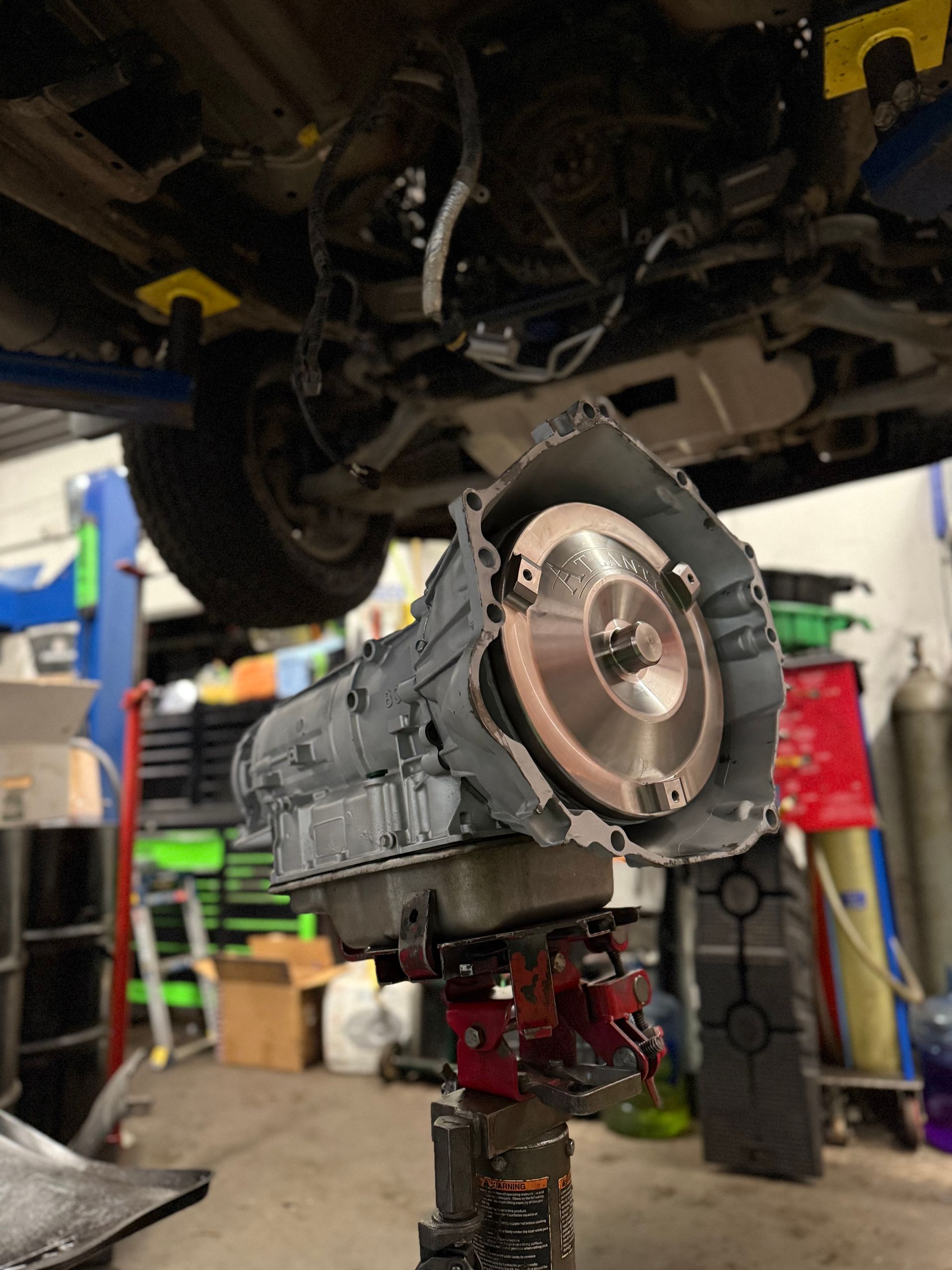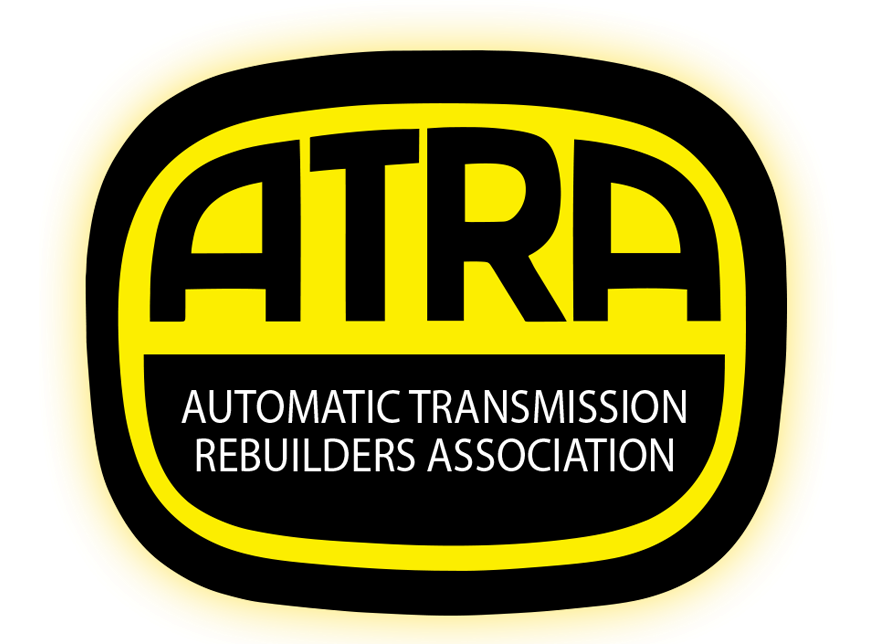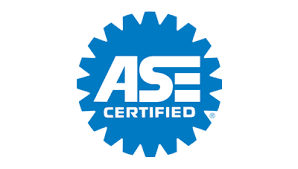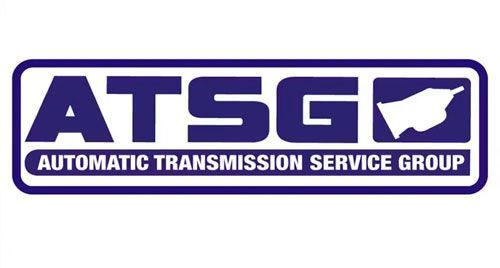Catalytic Converter and your Transmission
May 12, 2025
May 12, 2025
Can a Bad Catalytic Converter Affect Your Transmission?
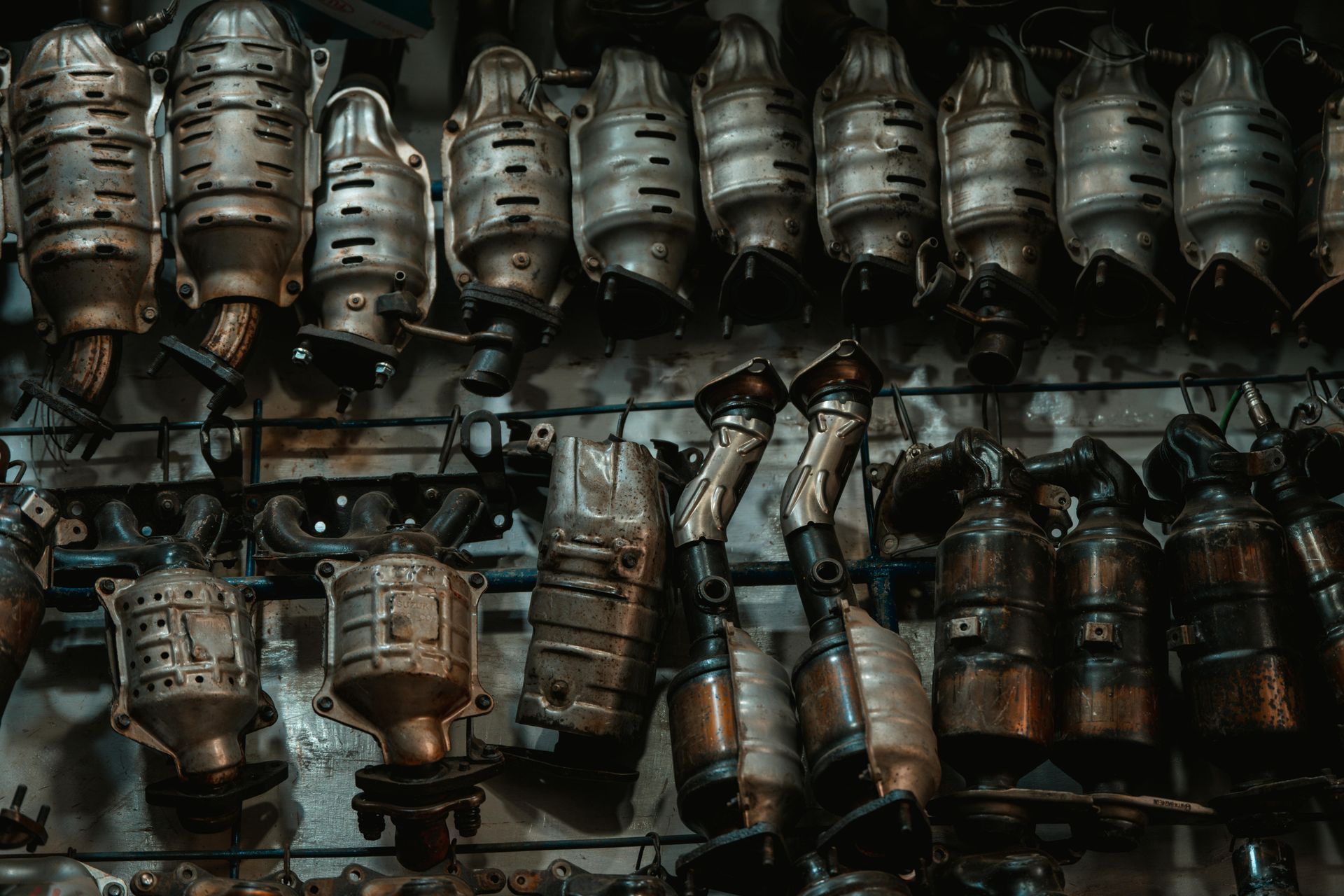
Can a Bad Catalytic Converter Affect Your Transmission?
Here’s What You Need to Know
Here’s What You Need to Know
When it comes to your vehicle’s performance, the engine and transmission are the stars of the show—but they’re not working alone. One often-overlooked component that plays a major role in keeping your powertrain healthy is the **catalytic converter**. While its primary job is to reduce harmful emissions, a failing catalytic converter can indirectly put serious strain on your transmission and even lead to premature failure.
What Does a Catalytic Converter Do?
The catalytic converter is part of your vehicle’s exhaust system. It takes harmful gases produced by combustion—like carbon monoxide, hydrocarbons, and nitrogen oxides—and converts them into less toxic emissions. It’s a crucial component for meeting emissions standards and ensuring your engine runs efficiently.
But what happens when it goes bad?
Signs of a Bad Catalytic Converter
Some common symptoms include:
- Loss of power and sluggish acceleration
- Poor fuel economy
- Rotten egg smell from the exhaust
- Check engine light (often for codes like P0420 or P0430)
- Overheating or excessive exhaust heat under the vehicle
Any of these signs should be taken seriously, not just for emissions but for the health of your entire drivetrain—including the transmission.
How a Failing Catalytic Converter Affects the Transmission
A clogged or failing catalytic converter can lead to poor engine performance, but the ripple effect can also harm the transmission. Here’s how:
1. Restricted Exhaust = Reduced Engine Efficiency
When the catalytic converter is clogged, it creates a bottleneck in the exhaust system. This traps exhaust gases in the engine, making it harder to breathe and killing power. Since the transmission is programmed to shift based on engine load and throttle input, this reduced power confuses the system and can lead to hard shifts, slipping, or incorrect gear changes.
2. Incorrect Sensor Readings Can Throw Off Shift Timing
Modern vehicles use data from oxygen sensors (pre- and post-catalytic converter) to adjust fuel-air mixture and transmission shift timing. A malfunctioning catalytic converter can cause these sensors to send incorrect data to the ECU (engine control unit), resulting in erratic or delayed shifts.
3. Overheating
A clogged converter can lead to extreme exhaust temperatures. This heat can radiate up through the underbody and affect the transmission fluid, especially if the catalytic converter is close to the transmission or transmission cooler lines. Overheated transmission fluid breaks down and loses its ability to lubricate and protect the transmission’s internal components, increasing the risk of failure.
Long-Term Transmission Damage
If the issue goes unchecked, your transmission may begin to:
* Overheat frequently
* Develop slipping or harsh shifts
* Suffer from internal wear due to degraded fluid
* Trigger transmission-related trouble codes
In the worst-case scenario, the transmission may fail entirely—an expensive repair that could have been prevented by addressing the catalytic converter problem early on.
What You Should Do
If you notice signs of a bad catalytic converter—or if your vehicle just isn’t running or shifting like it used to—it’s important to get a full diagnostic check. At Superior Transmissions and Auto, we don’t just rebuild transmissions; we look at the whole vehicle to find the root cause of your transmission problems.
Ignoring a catalytic converter issue doesn’t just harm the environment—it could destroy your transmission.
Need help diagnosing poor shifting or sluggish performance?
Give us a call or stop by our New Windsor shop today. We’ll give your vehicle the attention it deserves—and make sure your transmission stays protected.


